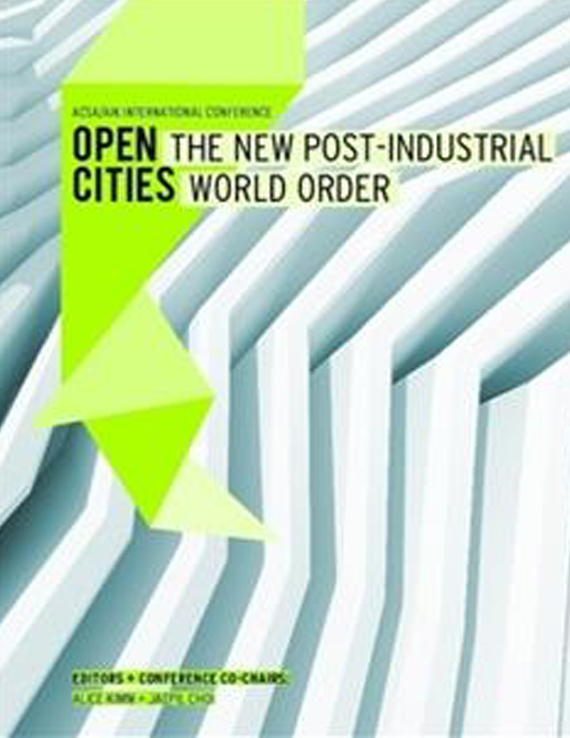Author(s): Esteban Beita
Around the world and in the United States, Chinatown’s are defined by gateways created to mark their various entry points. These gateways are of great importance to the community, marking the entrance to each Chinatown with an iconic structure that also attracts tourism. Cities like Yokohama, San Francisco and Montréal all have impressive Gateways welcoming visitors. Although New York City’s Chinatown is famous around the world, the gates of entry are not clearly delineated. Unless one knows its location, they are not easily found. One could be around the corner but wouldn’t know it. In recent years this has resulted in a decline in tourism, hurting much of the community and affecting the future of Chinatown. Chinatown is a cultural gem hidden in the city and would benefit greatly from the creation of gateways around its borders. Starting from “The Chinatown Partnership Master Plan”, created in collaboration with the Department of Transportation and Chinatown community members, five potential Gateway sites were established, plus one additional site defined by the students’ research. During the 2012-2013 academic years, the Architecture Technology Department of New York City College of Technology of the City University of New York assigned its senior urban design studios to study and define key sites in New York City’sChinatown. In cooperation with the NYC Chinatown Partnership, the NYC Department of Transportation, and Community Planning Boards, students and faculty studied the urban fabric of Chinatown and the various challenges facing it. Students in these courses (urban design studios) took part in an applied and unique educational experience; exposed to real-world conditions of working with city agencies and community members who were present at every design presentation during the semester. This provided the students with a unique jury that not only looked at the design aspects, but also provided feedback on the possibility of such designs being built in the future. The designs for the gateways were completed in fulfillment of a final project requirement for graduation. The project brought a lot of excitement to the students; motivated by the prospect of working on a “real” project that would potentially be built. In addition, very little restrictions were placed on the project; allowing the students’ creativity and imagination to reign free. They were instructed to create a structure that was functional in addition to being “iconic”.” The concept was not limited to or confined by traditional Chinese architecture. Instead, the design need only be aesthetically captivating, address urban design issues of the area, and serve as an entrance marker into Chinatown. Due to the collaboration with the Chinatown Partnership, hundreds of students had the opportunity to transform their ideas into proposals presented to the Chinatown Partnership, Department of Transportation and members of the Chinatown community.
Volume Editors
Alice Kimm & Jaepil Choi
ISBN
978-0-935502-91-6

 Study Architecture
Study Architecture  ProPEL
ProPEL 
